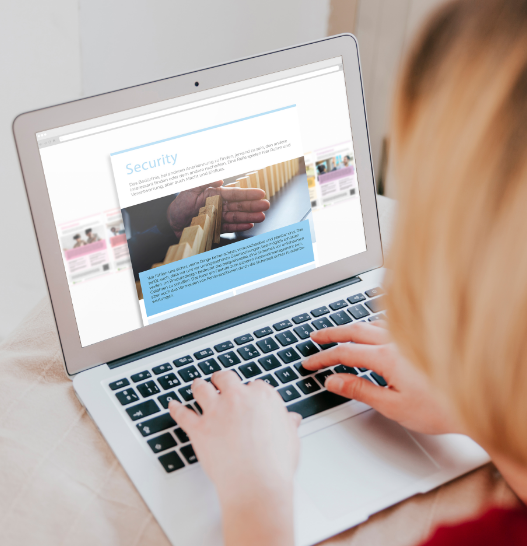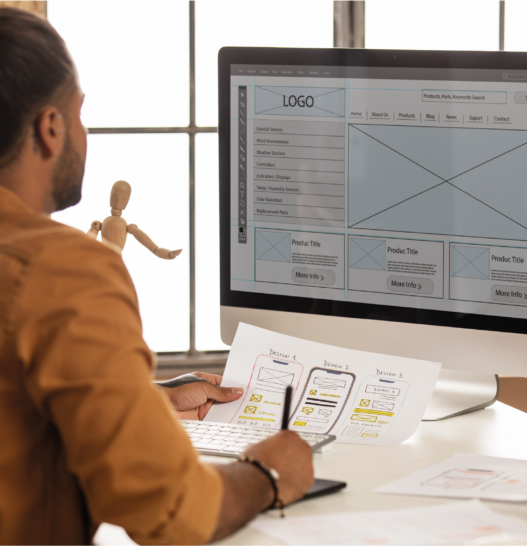How does a valence method work?
The user interacts with a product and presses a button if an emotion was triggered by the design. He is then asked about the individual situations
The valence method answers these questions
- How do users like the visual design of my interface
- ?Is there anything about my product that annoys or excites my users
- Which areas of my design catch the user’s eye (directly)?
- How does the user experience the first contact with my product?
How does a valence method work with us?
Let us find out together whether a valence method is the right method for your question and how a cooperation proceeds in detail. You can find our contact details here.
Not the right method for your question?
In our method assistant we have compiled the most important methods for the most typical questions. Try out the method assistant and find exactly the right method for your question: Click here for the method assistant.



